
The Flexible Office: Designing for Workplace Flexibility
Flexible office design is more important than ever. How do we create workplaces where staff can come back together and flourish?
The COVID-19 pandemic has taught us that companies need to be ready for anything. So much changes so quickly, and businesses have to adapt in order to survive, and to thrive. Office leases are now shorter than they used to be. The locations in which we work are changing. Most of us are working from home. However many of us have also grown weary of working from home, choosing instead to work in more flexible coworking spaces, close to our homes. Many of us are looking forward to returning to our old workplaces this year: the best of these will be reimagined as more flexible spaces in which employees can choose where and how to work. In a previous article, we wrote about ‘Why will we return to the workplace?’ this article goes into detail about why we would return and what impact working from home would have on us as we return, and in our Insights Live session we talked about what we expect for the future of workplaces. According to John Williams, of Instant Offices, the next 12 months will likely see a 21% increase in the supply of more flexible office space.
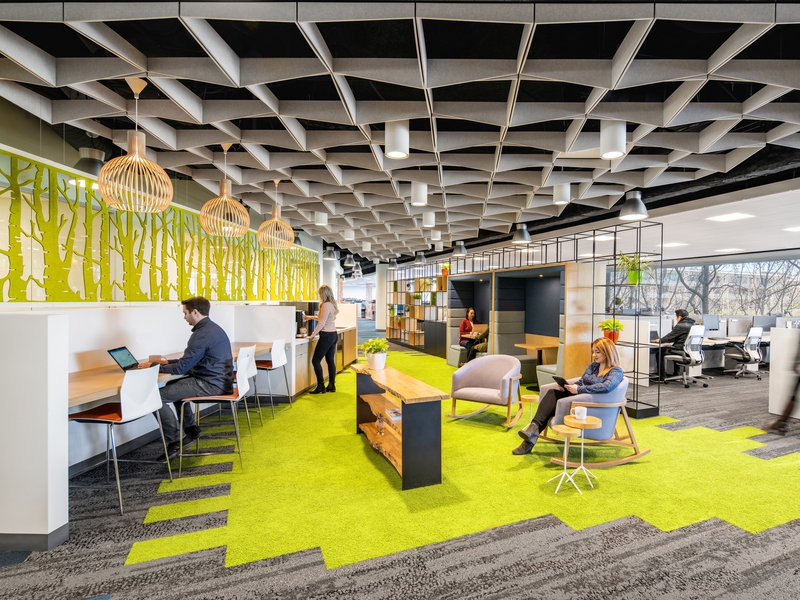
Many workplaces were designed according to a one-size-fits-all template. The Flexible Office, however, is designed to adapt and evolve. It’s an agile environment suited to a wide variety of uses. Rather than having dedicated spaces for each employee, it’s a more open environment with collaborative areas for teams. It’s made of modular components, which can easily be reconfigured for any space. It’s office design that adapts to the needs of staff, rather than forcing them to conform to it.

The world can change overnight, so workplaces must too—as we explored in our blog on the Top 8 Workplace Trends for 2021. To perform our tasks well, we need a variety of environments in which to work. A Flexible Office offering those environments helps raise levels of comfort, productivity and creativity, and also helps attract the best talent. It keeps costs down when changes do need to be made and empowers businesses to quickly adapt to fast-changing situations. Despite these benefits, it does also create some challenges. Employees’ needs have to be balanced with their facilities team’s needs: the space shouldn’t change so much that it becomes difficult to manage. In other words, it shouldn’t be too flexible.
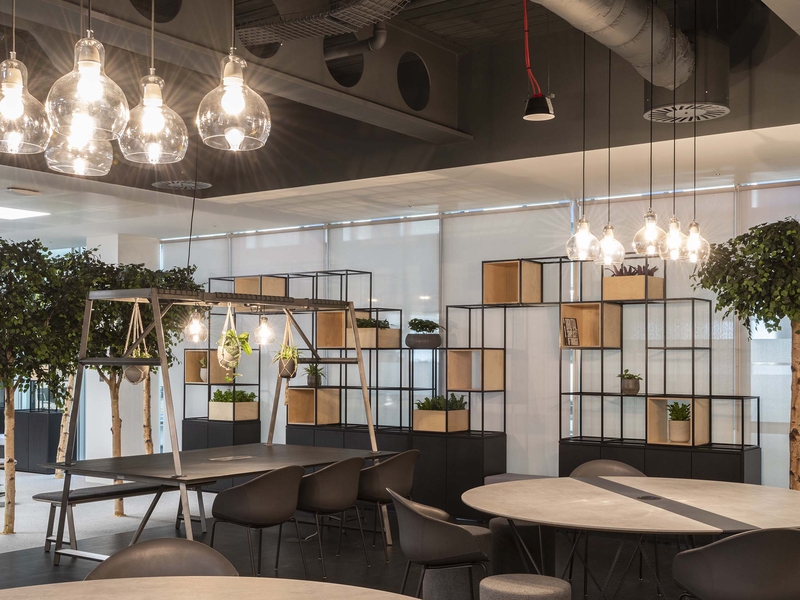
The events of the past year have given us a rare opportunity to think about workplaces differently, and how they might be improved. The traditional approach to office design (receiving a brief, coming up with a plan, designing it, and building it out) doesn’t lead to the most innovative spaces. A better approach is one of ongoing experimentation, hackability and evolution. With that in mind, here are three ways to create a more flexible workplace:
Modular Workplace Design
Modular furniture can be endlessly reconfigured and moved around. For example, by choosing modular meeting pods over built meeting rooms, designers can add smaller spaces suitable for many different task types, with the ability to relocate in the event of a move or to accommodate shifting floorplates. An important consideration here is whether such furniture will stand up to being reconfigured many times over - quality modular furniture is built to last and will usually be more cost-effective in the long run. The need for flexibility is equally as necessary in the home setting where space is limited. Compact solutions like KIT Desk enable users to shift working location easily, encouraging movement and agility.
Open Workplace Design
Open-plan layouts encourage open-minded approaches. Modular and movable zone-dividing systems allow for the simple and attractive division of space into zones and neighbourhoods for specific working styles without building walls. Solutions for bulk storage or individual lockers can be integrated to take care of personal needs while still looking aesthetically pleasing.
Homely Workplace Design
While we’ve grown tired of working from home every day, it does bring comforts and benefits we’d like to bring back to the office with us. More soft, low seating, more breakout areas that feel like living rooms, are perfect places to start. The way we work now is more flexible than ever, so workplace design must be flexible too.
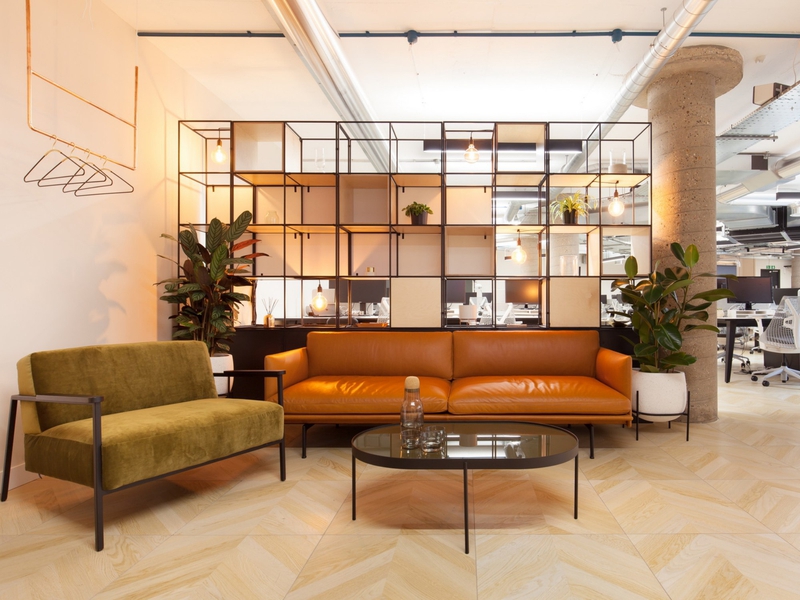
The future of the office is definitely changing from what we’ve seen in the past, the trend towards the flexible office which can adapt and evolve is welcomed by most, but we also know from one of our recent articles experience is key.
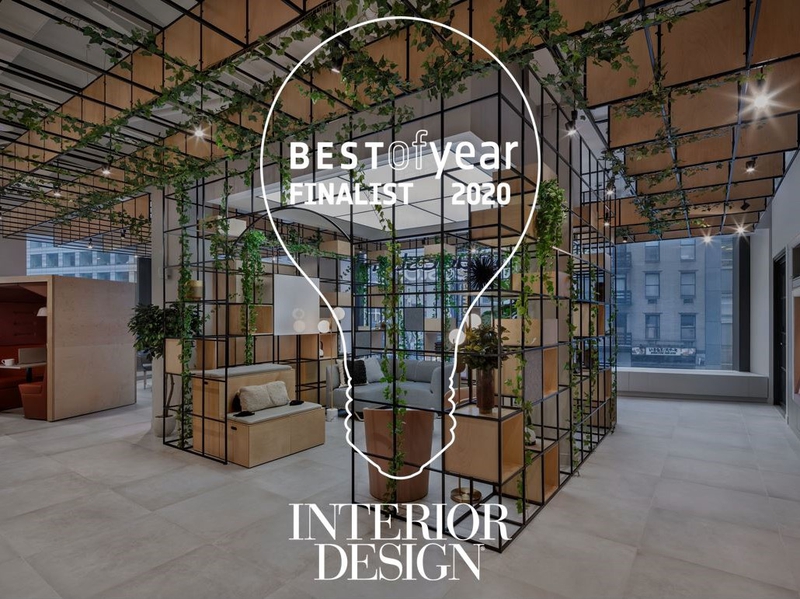
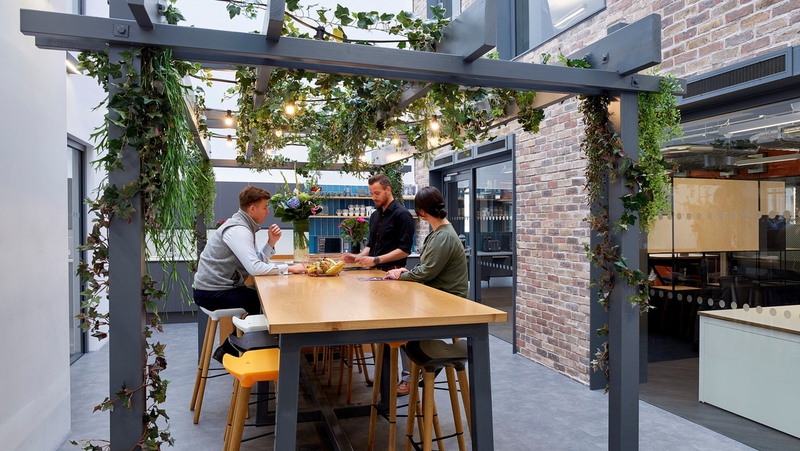



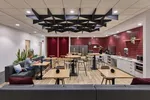

Situated in the heart of the vibrant Spitalfields Market, Adecco's London location is a statement of a their investment…
SERVICES PROFESSIONNELS
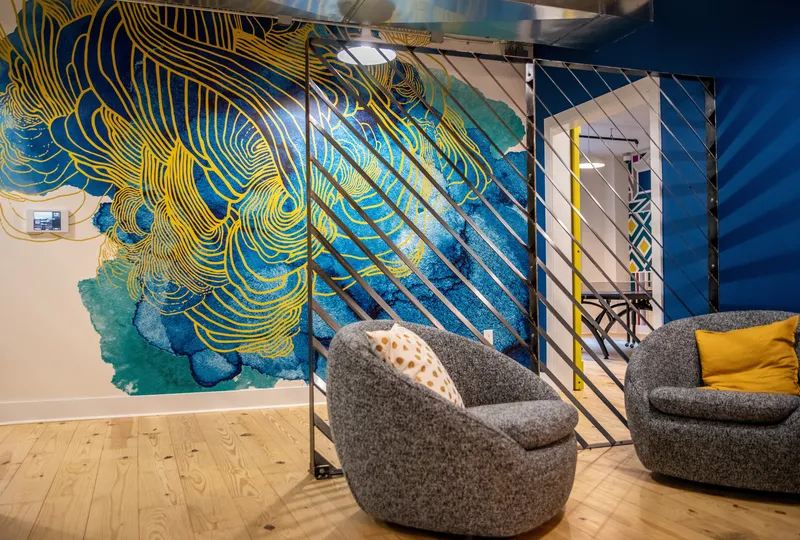
The industrial vibes of LiveRamp's latest workplace creates the perfect environment for creative collaboration between …
TECHNOLOGIE & INFORMATIQUE

Leading design firm Jacobs have recently completed another location for one of their long-time clients in the financial…
SERVICES FINANCIERS